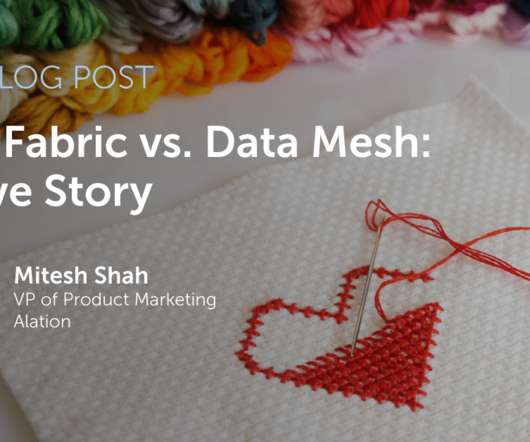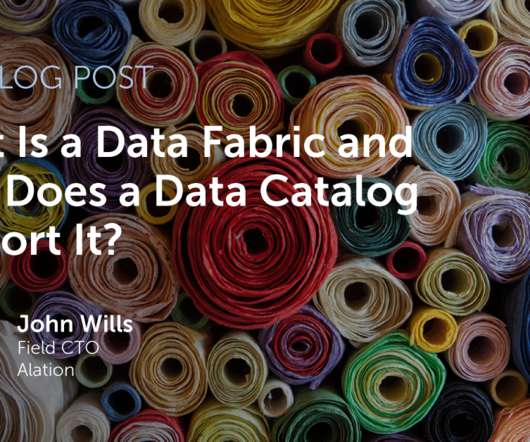5 Signs You’re Using Bad Data to Make Business Decisions
Jet Global
FEBRUARY 5, 2019
It’s hard to answer that question because, truth be told, you don’t know you’re using bad data until it’s too late. . states that about 40 percent of enterprise data is either inaccurate, incomplete, or unavailable. Because bad data is the reason behind poor analytics. . Top 5 Warning Signs of Bad Data. Ted Friedman.















Let's personalize your content